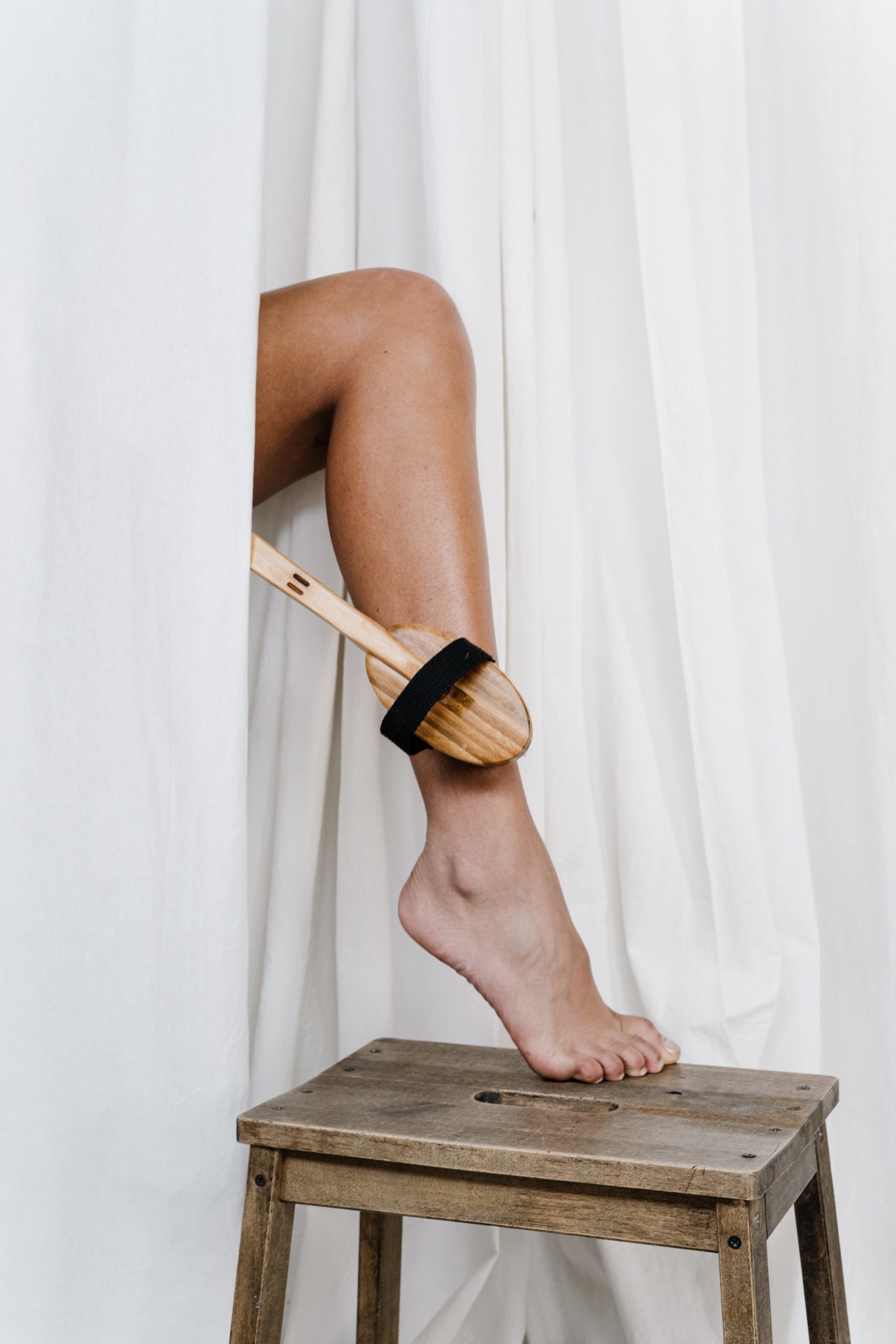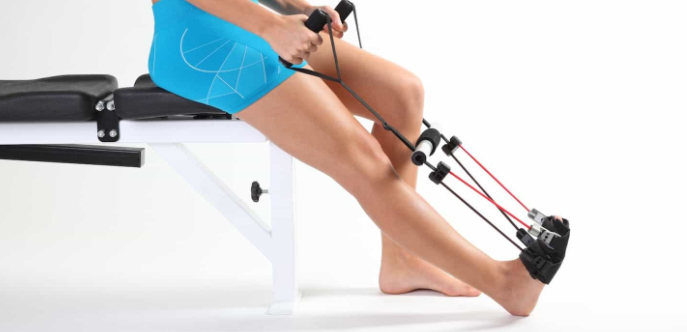‘Shin splints’ is a commonly used term to describe pain in the anterior calf that occurs during physical activity such as running. It is commonly an overuse injury that can develop over a few months, but may arise following a single rigorous athletic activity. The pain worsens with activity and may initially respond to rest. However, without treatment, the pain may eventually become so severe as to prevent physical activity.
The proper term for the most common cause of shin splints is “medial tibial stress syndrome”, which is an inflammatory reaction involving the connective tissue of the leg (called the deep or crural fascia) at its insertion into the inside (medial) or front (anterior) aspect of the leg bone (tibia). It occurs when excessive running, insufficient conditioning or over-pronation cause stress to the medial leg resulting in micro-tears and inflammation to the muscle attachments to the tibia. Excessive strain over a long period of time can lead to microscopic stress fractures which can be detected on x-rays or bone scans. X-rays should be taken when conservative therapy fails to eliminate the pain, and if a stress fracture of the tibia is suspected.
1. In the inflammatory phase, think R.I.C.E
Initially, it is important to treat the pain and inflammation occurring in the soft tissues attached to the leg. The inflammatory phase must be controlled before healing can begin. When the shin area is no longer painful to the touch, the rehabilitation phase can be initiated.
R = Rest: The required rest can vary from absolute rest of the affected leg, including crutches, to simply reducing the frequency, intensity and time of physical activity. It is recommended that the patient decrease their physical activity by 50-90% and increase the rest time between workouts. If physical activity is continued, non-running exercises, including swimming, weight training and bike, are advised. If the acute phase healing does not occur, complete immobilization (cast or removable cast boot) is required for two to six weeks.
I = Ice: Ice- 15-20 minutes of icing following activity will help to reduce inflammation.
C = Compression: Athletic wraps of the leg before and after activity will reduce recovery time.
E = Elevation: Elevating the legs after activity helps to reduce blood flow and inflammation of the soft tissues.
2. Rehabilitation Phase
During this phase it is essential to further decrease pain and inflammation, maintain/increase flexibility of injured (and surrounding) tissue, and strengthen the soft tissue connection to the bone. Physiotherapy, with the use of modalities, is very helpful during rehabilitation. Modalities include ultrasound, phonophoresis, contrast baths, transverse friction/deep tissue massage, and augmented soft tissue mobilization.
At-home maintenance of flexibility and range of motion in the foot and ankle (as well as stretching of the posterior muscle group) should be done daily. Strengthening of the fascial/bone interface is achieved through isometric exercises (muscular contraction against resistance, in which the length of the muscle remains the same), followed by isotonic (constant tension during joint motion) exercises, and finishing up with isokinetic exercises (constant speed with variable workload or accommodating resistance to maintain that speed). When the exercises can be performed without pain in the leg, the functional phase can then begin.
3. Functional Phase
The functional phase focuses on strengthening the fascia/bone connection and correcting the biomechanical cause of the stress. Unless the biomechanical abnormalities are addressed, the symptoms will continue to occur and cause chronic problems. This is probably the most important phase because it prepares the patient for their return to activity. At this stage, the patient must make sure they moderate their activity and stay within their limits, as re-injury can easily occur.
Exercises include plantarflexion and dorsiflexion of the foot with resistance and weight, plyometics and jump training including rope skipping. Cross training to increase muscle strength is also incorporated at this stage. For runners, the safest method of regaining strength is by riding a stationary bike.
For some runners, proper running shoes that assist with problems such as over-pronation or ankle instability will help reduce symptoms.
It is at this stage that custom foot orthotics should be considered for treating poor biomechanics. A podiatrist that specializes in sports medicine, is best able to diagnose faulty biomechanics by assessing foot function and doing a proper gait analysis. The podiatrist can then conduct a simulation of orthotic use by taping and padding the foot for a short time . Molds of the feet should be taken using plaster, or a digitized computer scan of the foot while the physician holds the foot in correct position. Runners should wear their orthotics continuously during the healing phase to reduce stress from the muscles and decrease inflammation.
4. Return to Activity
A gradual return to pain-free activity, including running, should result. Graduated running with periods of walking in-between is the most effective way of ensuring limited stress on the fascia. A proper warm-up is extremely important to allow the muscle and tendon to stretch, which puts less stress on the bone-fascia junction. Post-run stretching of the posterior calf muscles (gastrocnemius and soleus) will also decrease the chance of muscle imbalances.
Running on surfaces such as concrete and asphalt, which provide little shock absorption, are traumatic to the leg and should be avoided during this phase. Bark chips and grass are the best surfaces for returning to activity.
If appropriate rest and treatment have occurred and the symptoms persist, then medical intervention should be taken. Occasionally, shin splints left untreated can develop into tibial stress fractures.
Certain foot types including severely flexible flat feet and rigid high-arched feet are prone to shin splints. Biomechanical control (orthotics) should be able to control flexible flatfoot symptoms. Rigid, higher-arched feet are more problematic and people with this foot type are advised to avoid certain activities such as running up hills, if the shin splint pain does not resolve.
We hope this article helps you manage your pain and better understand this medical condition. Please contact us at the number below if we can be of assistance in measuring you for, designing and producing a custom foot orthotic to address your shin splints.
–Dr. Roy Mathews DPM and Dr. Victor Quintoro DPM, Vancouver Podiatrists.
















 604.264.1377
604.264.1377